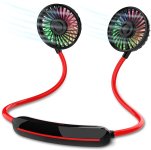Especially on hot summer days, when stopping for fuel I like to park the plane into the wind, open the oil dipstick door, and pull the dipstick out a ways so that max heat/moisture is vented during refueling.
I fabricated the pictured gizmo out of 3/8" fuel tubing. It slips under the hinges and rotates into position to keep the dipstick from sliding back in. 5 minutes to fabricate, couple of seconds to insert and remove. Image visible at https://www.dpe.aero/pictures-and-videos
I fabricated the pictured gizmo out of 3/8" fuel tubing. It slips under the hinges and rotates into position to keep the dipstick from sliding back in. 5 minutes to fabricate, couple of seconds to insert and remove. Image visible at https://www.dpe.aero/pictures-and-videos
Last edited:





